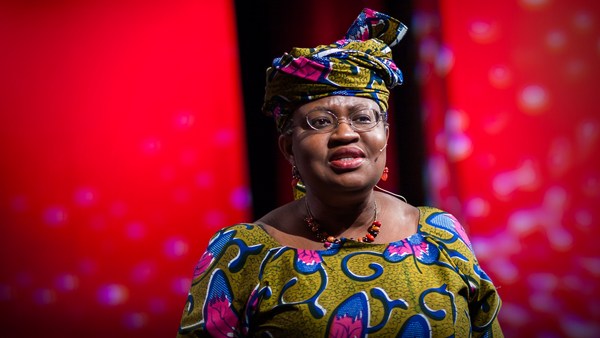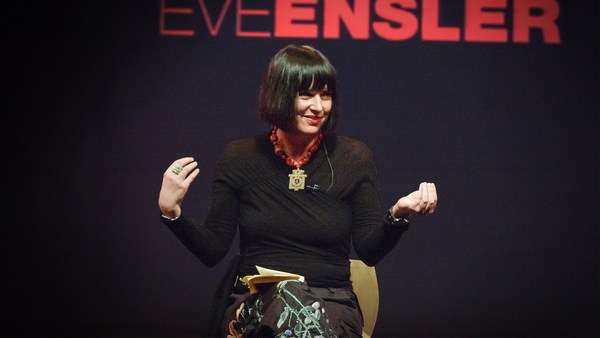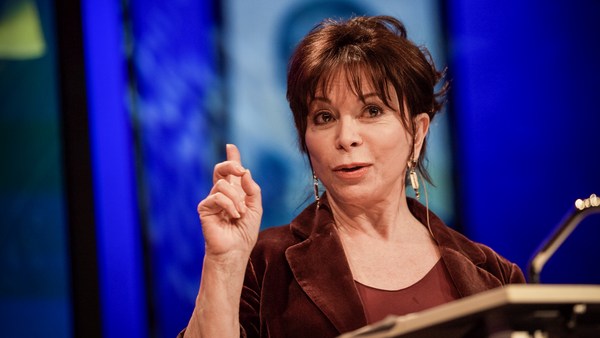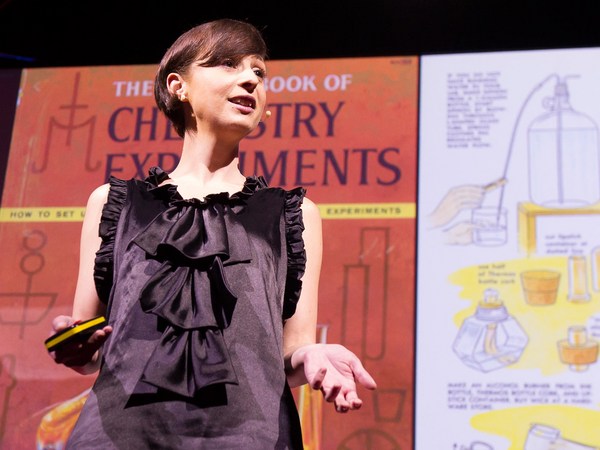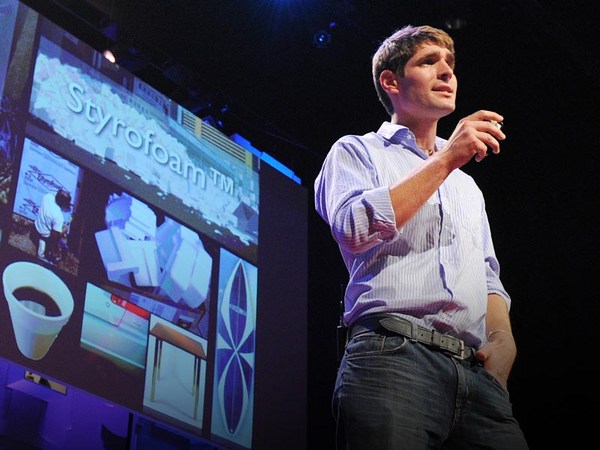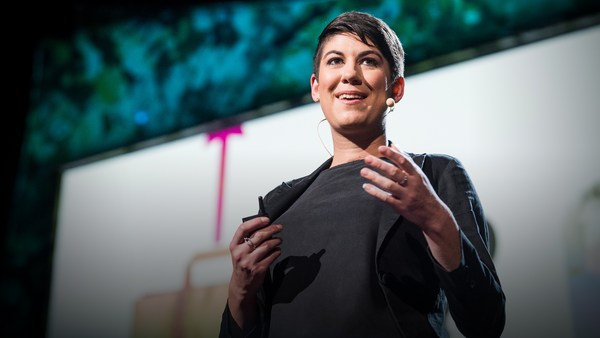The decorative use of wire in southern Africa dates back hundreds of years. But modernization actually brought communication and a whole new material, in the form of telephone wire. Rural to urban migration meant that newfound industrial materials started to replace hard-to-come-by natural grasses.
So, here you can see the change from use -- starting to use contemporary materials. These pieces date back from the '40s to the late '50s. In the '90s, my interest and passion for transitional art forms led me to a new form, which came from a squatter camp outside Durban.
And I got the opportunity to start working with this community at that point, and started developing, really, and mentoring them in terms of scale, in terms of the design. And the project soon grew from five to 50 weavers in about a year. Soon we had outgrown the scrap yards, what they could provide, so we coerced a wire manufacturer to help us, and not only to supply the materials on bobbins, but to produce to our color specifications.
At the same time, I was thinking, well, there's lots of possibility here to produce contemporary products, away from the ethnic, a little bit more contemporary. So I developed a whole range around -- mass-produced range -- that obviously fitted into a much higher-end decor market that could be exported and also service our local market.
We started experimenting, as you can see, in terms of shapes, forms. The scale became very important, and it's become our pet project. It's successful, it's been running for 12 years. And we supply the Conran shops, and Donna Karan, and so it's kind of great.
This is our group, our main group of weavers. They come on a weekly basis to Durban. They all have bank accounts. They've all moved back to the rural area where they came from. It's a weekly turnaround of production. This is the community that I originally showed you the slide of. And that's also modernized today, and it's supporting work for 300 weavers. And the rest says it all.
Thank you very much. (Applause)
